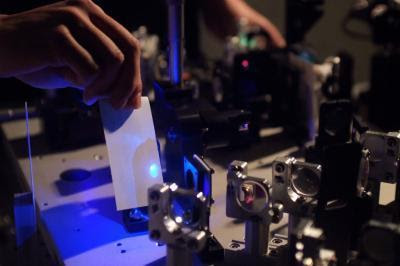Earth’s Climate And Ocean Acidification History
A scientific research cruise following the palaeo-equator has uncovered nearly 53 million years of climate and ocean acidification history। Three scientists from the National Oceanography Centre, Southampton were onboard. The Integrated Ocean Drilling Program drillship JOIDES Resolution has returned to Honolulu after a two-month voyage to chart the detailed climate history of the Earth. This was the first of two voyages of the ‘Pacific Equatorial Age Transect’ project, and the first international scientific drilling expedition since the JOIDES Resolution underwent a multi-year, more than $100-million transformation into a 21st century floating science laboratory. Onboard were 29 scientists from seven nations, 25 technicians, and an international crew of 66. The first expedition, led by Heiko Pälike of the University of Southampton’s School of Ocean and Earth Science, based at the Centre, and Hiroshi Nishi (Sapporo, Japan), ended on 4 May after successfully coring over 3.5 km of the sed


